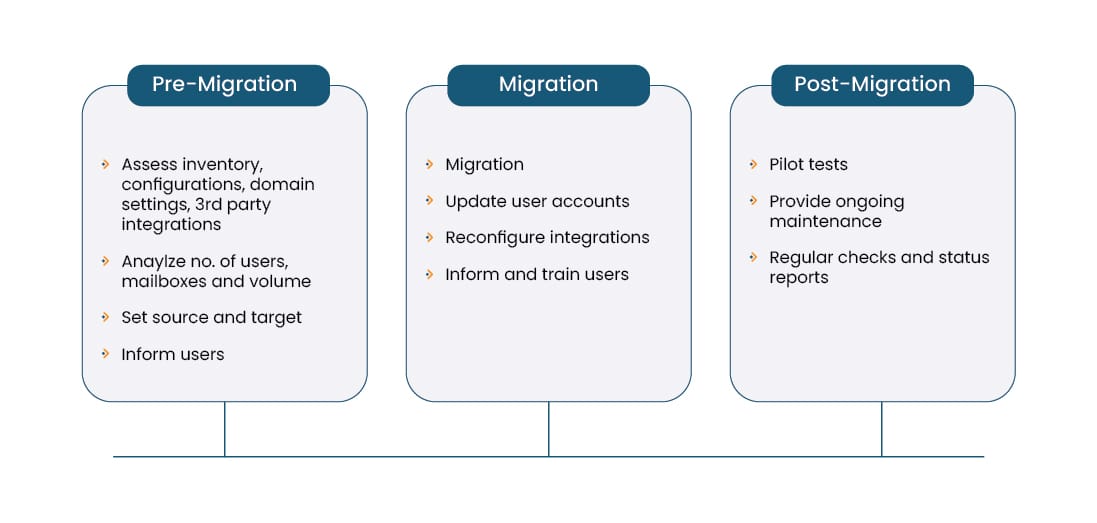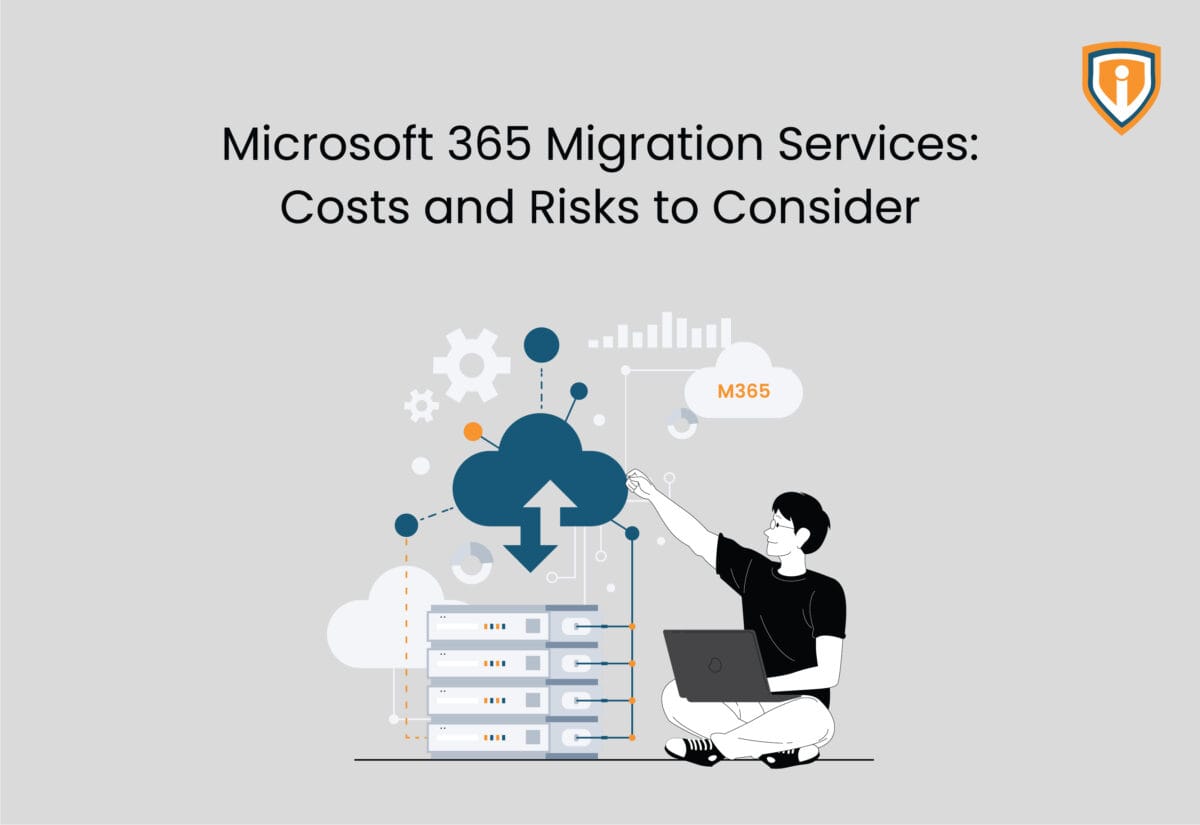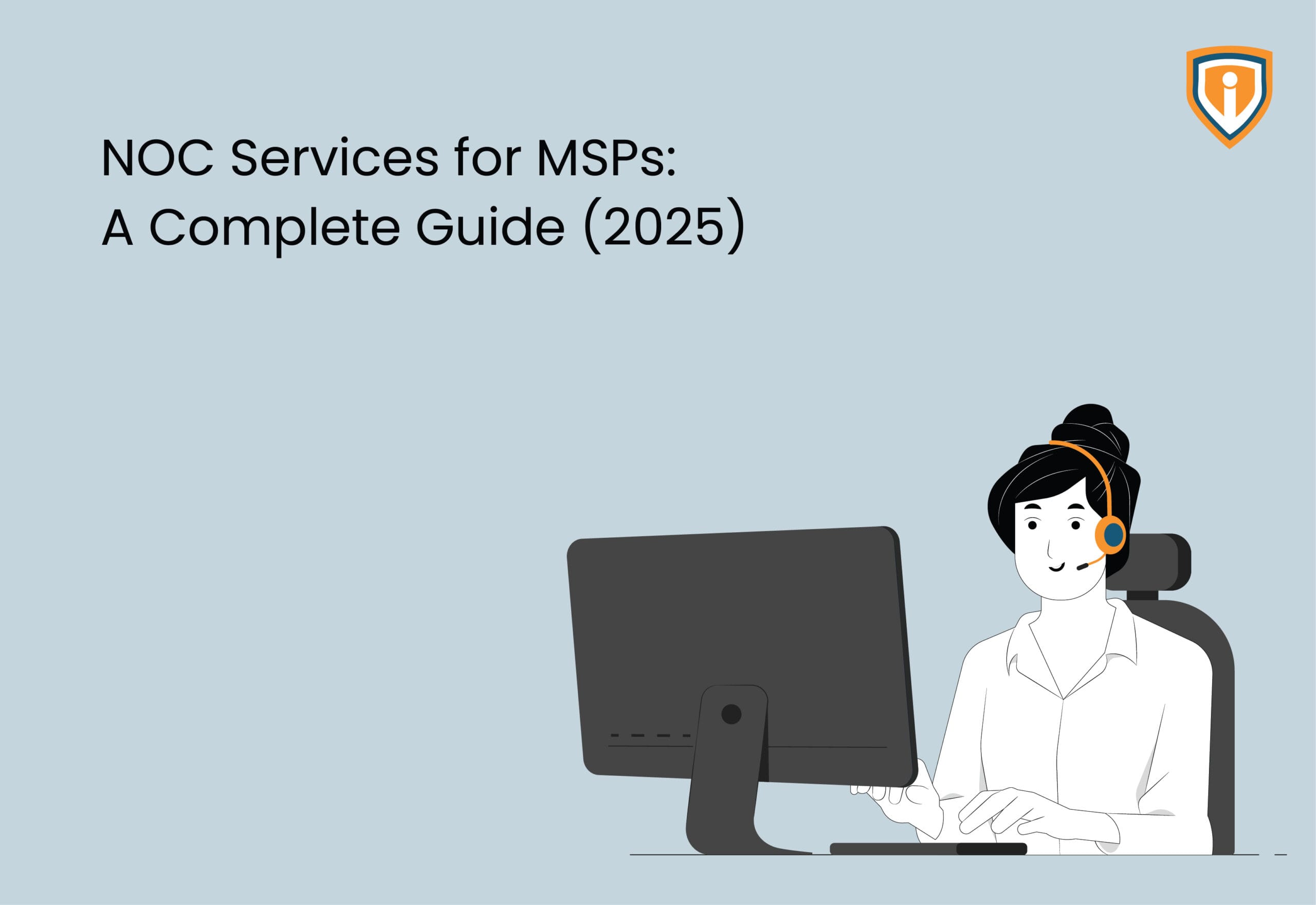Migrating to Microsoft 365 (M365) has become an increasingly popular choice for organizations that are looking to enhance productivity and collaboration. A one-stop comprehensive suite which offers robust tools such as Teams, SharePoint, Outlook, and OneDrive seem fascinating, but Migrating to Microsoft 365 (M365) comes with its own challenges.
It is like renovating your restaurant during peak service hours. Introducing new workflows, replacing and adding new equipment, all while ensuring the customers get a seamless dining experience. While migrating to M365 may seem like the reasonable next step, it can introduce challenges that impact risk, agility, budget, operations, and long-term IT strategy. As a Managed Service Provider (MSP), it is crucial to guide your customers through this decision with a broader perspective.
In this article, we will explore the intricacies of migration costs, potential risks involved, and key considerations to keep in mind.
Contents
1. Framing the decision for customers
2. Costs of migrating to Microsoft 365
- Licensing Costs
- Hidden Costs
- Opportunity Costs
3. Risks of migrating to Microsoft 365
- Data Security Risks
- Technical Challenges
- User Acceptance Risks
4. Key Considerations for Migration
- Evaluating Business Needs
- Analyzing Current Infrastructure
5. The Migration
6. Conclusion
Framing the decision for customers
When proposing Microsoft 365 migration services to clients, encourage them to focus on the business value of migrating. However, prior to that, analyze whether your client ready for the change. Do they have the bandwidth and resources to manage the transition? Will the migration improve their productivity, enhance collaboration, or reduce operational friction? Does consolidating under M365 allow flexibility to adapt to future technological advancements?
Insights from your clients can uncover potential challenges and opportunities you may not have considered.
Costs of Migrating to Microsoft 365
As an MSP, your customers rely on you to identify potential challenges and costs in their migration plans. They expect a well-prepared strategy that tackles obstacles and ensures a smooth transition. By addressing these needs, you become a valued partner, not just a service provider.
Licensing Costs
- Licensing Fee and Subscriptions: Microsoft 365 works on a license-based subscription. Depending on which functionalities you or your clients need, there are plans to suit every requirement including basic, standard, premium, defence-grade security, a compliance-focused plan, and a suite with extensive analytics. There are plenty of options available, therefore it is wise to find the one that is most suitable and cost effective for your client’s business – be it M365 Basic, M365 Standard, M365 Premium or M365 Business.
- Data Migration Costs: There is no denying the fact that data migration can prove costly especially when moving from shared platforms like Exchange 2010 and older versions to Microsoft 365. Challenges such as hybrid migrations, security concerns, and compliance requirements further add to financial and operational burden. Beyond the task of transferring data across global systems, businesses handling large volumes of information often require specialized methodologies to ensure an efficient and seamless migration.

Another example is migrating archived mailboxes of former employees to Office 365 often requires separate licenses, which can significantly increase the overall migration costs. These licensing requirements are frequently overlooked by businesses during their migration planning
- Setup and Maintenance: Setting up a system can sometimes come with hidden labour costs, whether you’re employing in-house teams or hiring external consultants to ensure a seamless transition. Even after the initial rollout, maintenance costs, including updates and potential troubleshooting, should also be factored in.
Hidden Costs
Beyond the direct costs, there are several hidden expenses that can sneak up on you:
- Training and Change Management Expenses: A successful platform migration often requires skilled staff to take complex situations. For instance, Entra ID Premium 2 includes identity governance, which changes how we set up multi-factor authentication (MFA). We also need to understand how roles and permissions work within Entra, and when specific licenses are required. This can get pretty complex! It takes time and experience to master these intricacies. Without the right training and support, even a well-intentioned junior admin could accidentally cause serious issues within our M365 environment.
You should also have change management policies in place so that you do not incur any unexpected costs.
- Increased Infrastructure or Connectivity Needs: Ensure your existing network can handle the demands of a cloud-based system as upgrading your infrastructure will be necessary for optimal performance post-migration.
Opportunity Costs
While the transition into Microsoft 365 is a transformative process that brings along massive productivity impacts in migration, the employees involved are likely to have a learning curve as they get used to the new platform which can temporarily dip productivity.
For instance, if the migration is not carefully planned, employees may experience downtime while waiting for the new system to be set up. This could potentially impact project timelines, as employees may be unable to access the necessary files and applications to complete their work.
However, such risks can be mitigated through proper planning and comprehensive team training before the migration. Ensuring that employees are well-prepared for the transition can help minimize disruptions and improve efficiency. Another effective approach is to conduct a pilot migration with a small group of users before rolling out the changes to the entire organization. This allows IT teams to identify potential issues, refine the migration process, and implement solutions proactively.
Risks of Migrating to Microsoft 365
Data Security Risks
Data security is paramount when migrating to any cloud service. You need to keep in mind that transferring data over the internet can expose it to potential breaches if not done securely. As an MSP, you need to ensure that you remain compliant with any industry-specific regulations to avoid legal consequences.
Technical Challenges
Companies often rely on legacy software that may not be compatible with cloud-based solutions, leading to functionality issues. It’s vital to ensure Microsoft 365 will integrate well with current systems and applications. And if other third-party apps are being used, confirm their compatibility and ensure they will still work seamlessly after the migration.
User Acceptance Risks
One can expect some resistance from employees, especially the ones who are accustomed to the old way of doing things. If the employees feel unprepared, they may be hesitant to use the new tools, hindering the benefits expected from the transition. To ensure a smooth adoption, it is essential to understand their work styles, preferences, and potential concerns. Providing adequate training and support can help employees feel more confident and empowered, making the transition more seamless. When employees see the value and efficiency of the new tools, they are more likely to embrace the change.
Key Considerations for Migration
Evaluating Business Needs
Is your client digitally mature? If yes, the client might find it easier to transition than a client still relying heavily on manual processes. You can gather the input of employees to understand how to tailor the implementation process to better fit their way of working. Clearly define how M365 will add value to their business processes or where the benefits of Office 365 will directly place value in the business.,
Analyzing Current Infrastructure
Before initiating Microsoft 365 (Formally Office 365) migration services, conducting a thorough assessment of your current environment is essential. Identify existing tools and resources, determining how they will either support or potentially hinder the migration process.
Assess your internet connection to ensure it offers adequate bandwidth and reliability for cloud-based applications. If needed, consider upgrading to support a seamless experience.
Lastly, validate that your existing tools will continue to function effectively within the cloud environment. If not, identify suitable alternatives to ensure a smooth and seamless transition to Microsoft 365.
The Migration

When offering Exchange to Exchange Online Migration, the pre-migration stage begins by conducting a comprehensive inventory assessment of all data, users, and resources within the source tenant. Assess custom configurations, domain settings, and any third-party integrations that might affect the migration process.
Evaluate the criticality of the data and plan for clean-up or archiving if needed to streamline the transition. Analyze the number of users, mailboxes, and data volume to select the most suitable migration approach.
Lastly, communicate the migration plan to users, informing them of potential outages, support plans, and training opportunities to ensure a smooth transition.
Conduct pilot tests to identify potential issues early and gather valuable feedback before a full-scale rollout. However, challenges may still arise, so it’s important to be prepared. Have a backup plan in place to help minimize disruptions and ensure a smoother transition.
Once you have migrated, set up performance metrics on how you would measure the success of the transition. You need to provide post-migration support and keep the lines of communication open to adapt according to user experience. Schedule regular checks and status reports to make sure everything is in place.
Conclusion
Evaluating the costs and risks associated with migrating to Microsoft 365 is critical for a smooth transition. This might be where a lot of potential benefits of thoughtfulness pay off, but knowing the entire scenario before a step is made would be wise.
Take the time to analyze, plan, and prepare, and your business will stand a good chance of making the migration process a success. Ultimately, the decision to migrate should be guided by your client’s unique needs, budget, and long-term goals.
While M365 offers powerful tools for collaboration and productivity, success lies on a well-executed migration strategy that considers both the costs and risks involved.
If you’re looking to provide Microsoft 365 (Office365) migration services and need extra hands on-deck like an Office 365 Migration Consultant, look no further as our experienced professionals can give you that competitive edge.
Infrassist’s certified cloud architects and engineers can offer expert guidance to help you streamline migrations consolidate client systems, and ensure the highest level of data security and integrity.
Curious to know more? Get in touch with us today to discuss and embark on a stress-free migration journey!





